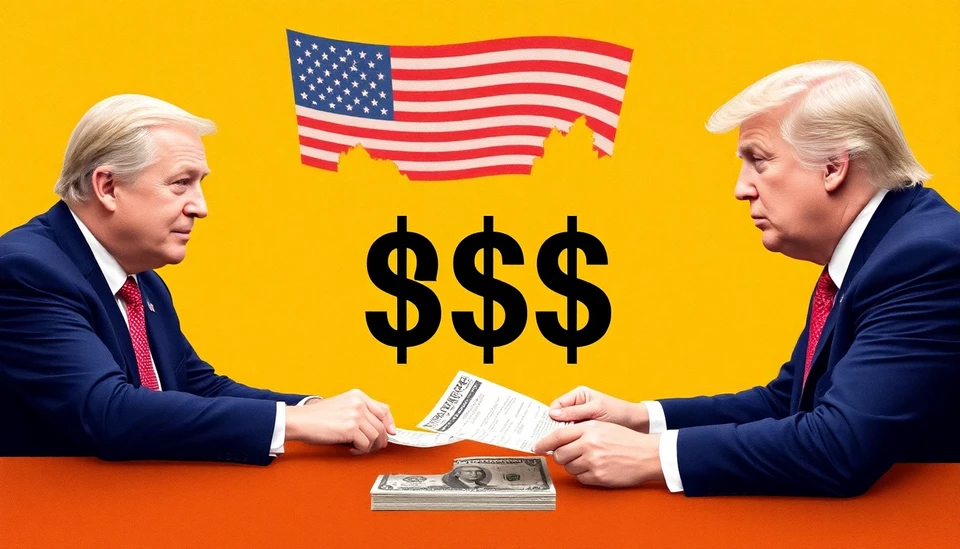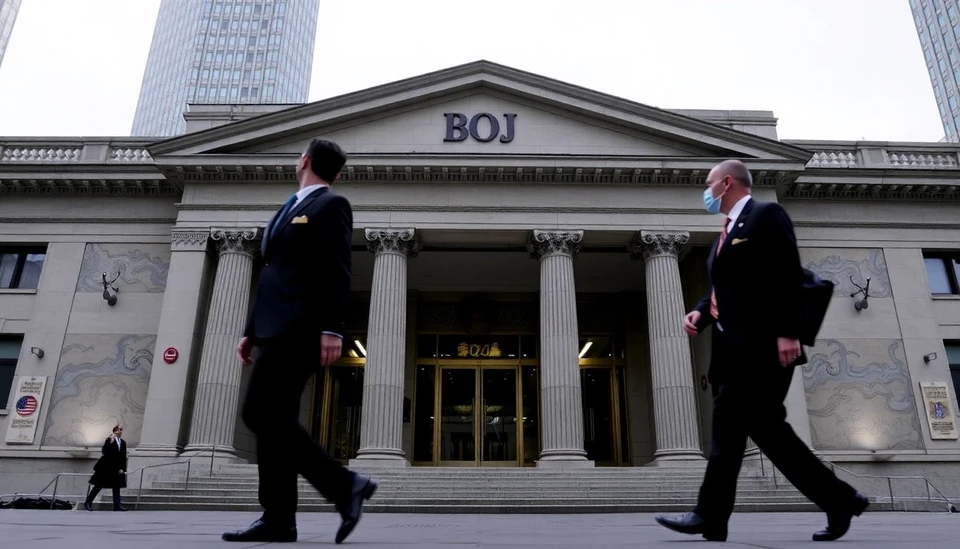
The bond market is currently navigating a choppy landscape as inflation indicators remain under pressure, fueled by the ongoing uncertainties surrounding tariffs imposed during Donald Trump's presidency. Market participants are grappling with the potential long-term implications that these tariffs could have on inflation rates and overall economic stability.
Recent data reveals that inflation measures, such as the Consumer Price Index (CPI), are showing signs of fluctuation, largely driven by changes in commodity prices and supply chain disruptions. As the global economy continues its recovery from the pandemic, the influence of tariffs is becoming increasingly salient. The trade policies enacted during Trump's administration are still casting a long shadow, as industries adapt to higher raw material costs and potential retaliatory tariffs from other countries.
With the bond market as a barometer for economic health, investors are closely monitoring the yield curves for signals of inflation. The recent movement in treasury yields indicates that market participants are not as confident in a stable inflation outlook. Analysts are suggesting that increased government spending and supply chain challenges are contributing to this volatility, making it essential for investors to remain vigilant.
Moreover, the Federal Reserve's stance on interest rates comes into play as a critical factor in determining bond yields. As inflation expectations rise, the Fed may be pushed to reconsider its previously accommodative monetary policies. The delicate balance between fostering economic growth and curbing inflation is a tightrope that the central bank must walk carefully.
As the situation unfolds, market analysts are divided on the trajectory of inflation. Some believe that the tariffs could lead to a persistent rise in consumer prices, whereas others argue that the underlying economic conditions may not support such inflationary pressures in the long run. This uncertainty is reflected in the volatility of the bond market, where fluctuations in investor sentiment can lead to rapid changes in yields.
In conclusion, the pressures on the bond market as a gauge of inflation highlight the intricate interplay between trade policies and economic indicators. As the market adjusts to the legacy of Trump-era tariffs, investors must stay informed and agile to navigate the forthcoming challenges associated with inflation.
#BondMarket #Inflation #TrumpTariffs #EconomicStability #TreasuryYields #ConsumerPrices
Author: Rachel Greene




